【FOCUS】 Promote Urban Infrastructure Construction
Urban infrastructure construction is an indispensable physical guarantee to promote the process of urbanization, and also an important condition to achieve national or regional economic, social, and environmental benefits. Whether the urban infrastructure in a country or a region is complete or not is a crucial foundation for the long-term sustainable development of its society. The SDGs also stress that the need to develop high-quality, reliable, and sustainable infrastructure to support economic development and human well-being. This week's In Focus, we will introduce five innovative initiatives about promoting the urban infrastructure.
Dhaka, Bangladesh
Lighting up the City
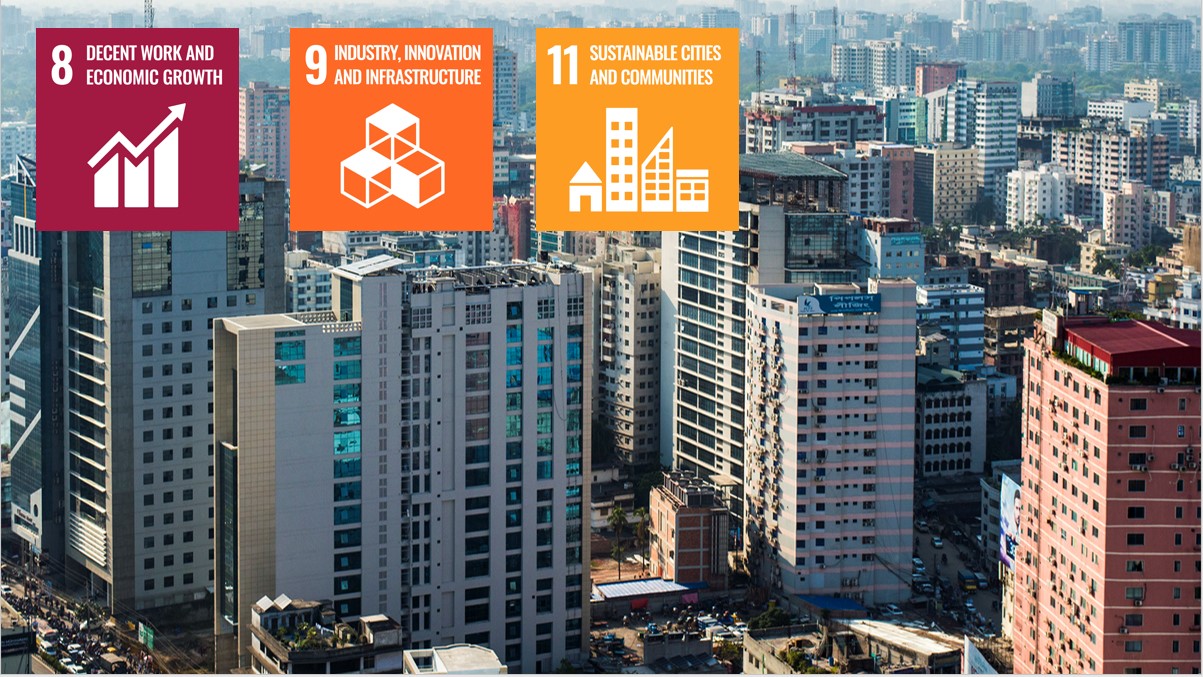
Kolorob is Bengali for ‘clamour’, and in a local context, it describes people gathering together to talk, exchange information, and converse about their daily lives. Kolorob is an online platform and physical space that improves access to information on essential services aimed at reaching people living in slum and urban poor settlements in Dhaka, Bangladesh. The application creates an open space for dialogue between service providers and users, and operates as a marketplace for information that local people need in their daily lives.
More info:
https://use.metropolis.org/case-studies/kolorob-lighting-up-the-city
Berlin, Germany
Temporary bicycle infrastructure pops up
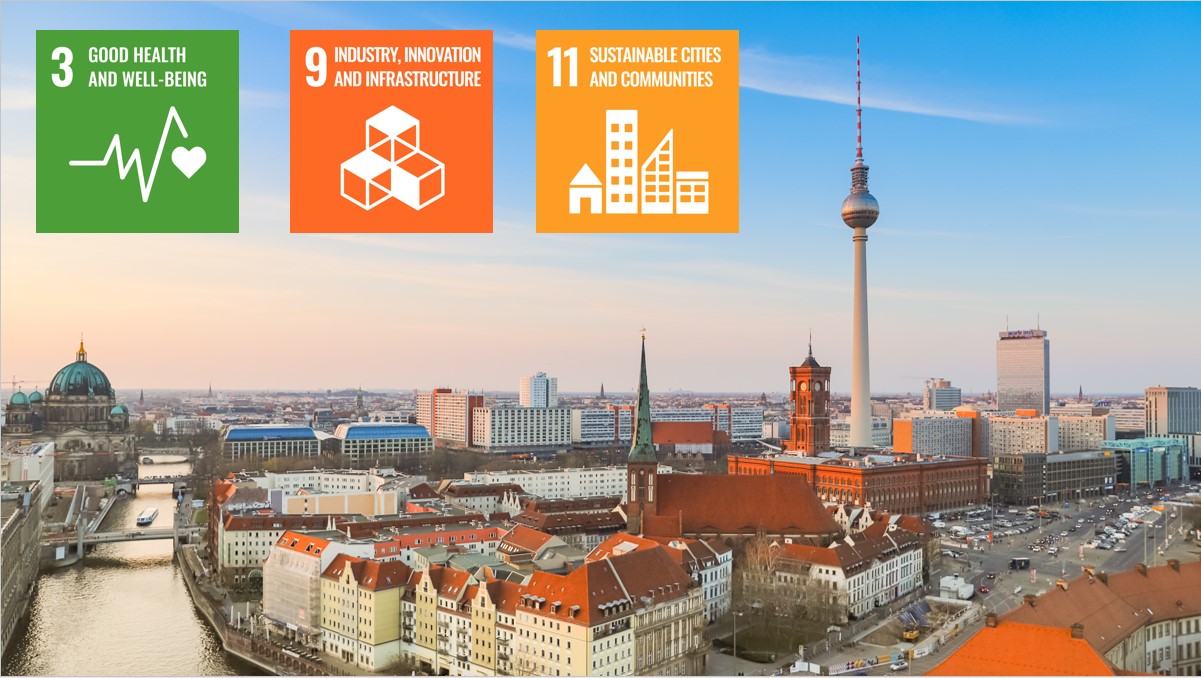
During the pandemic, the demand for individual mobility options changed dramatically in Berlin. While overall traffic declined noticeably, an ever-growing number of Berliners decided to choose bicycles as their preferred mode of transport – allowing an active and contact-free way to travel.
The city of Berlin had been planning and conducting the rollout of dozens of kilometers of bicycle infrastructure before the COVID-19 outbreak. Nevertheless – with the strict distance requirements that were put in force, to reduce the risk of infection, with a view to the rising number of cyclists, and to relieve congestion on streets and public transport – an urgent need for quick improvements arose. The government took immediate action and set up “pop-up bike lanes”, temporary cycling infrastructure, in a number of corridors that promise fast and considerable benefits for cyclists.
More info:
https://use.metropolis.org/case-studies/pop-up-bike-lanes
Niterói, Brazil
SIGeo: integrated geoinformation management
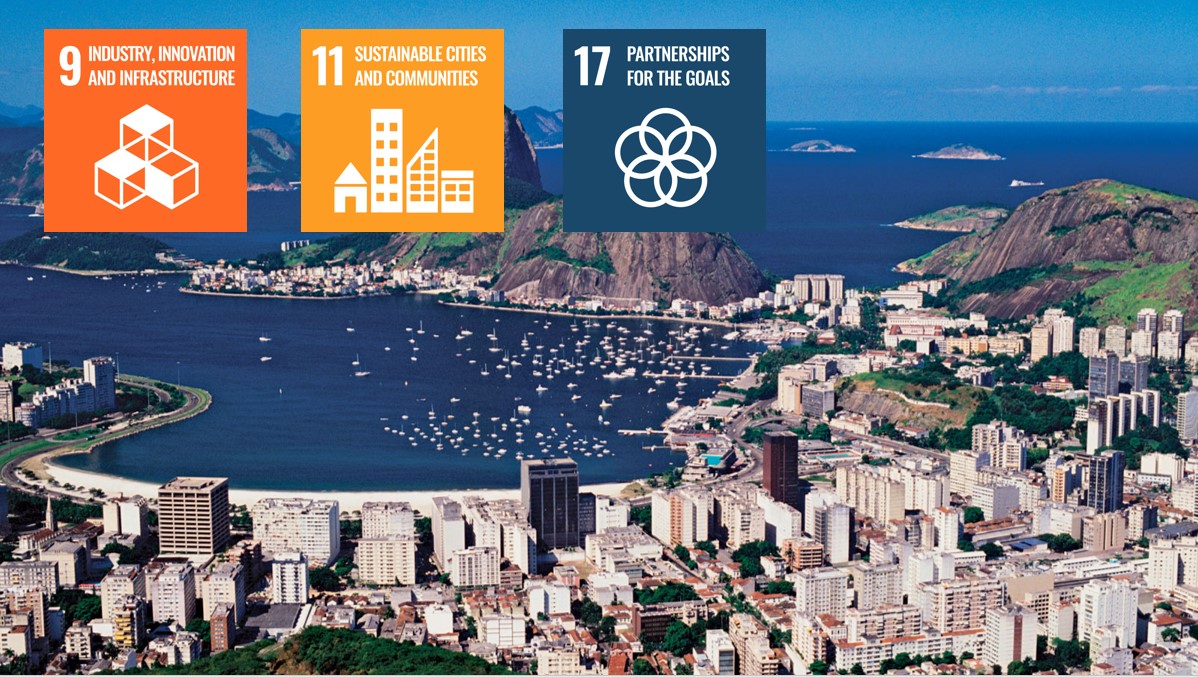
Accessing up-to-date georeferenced information enables better risk management and planning in the city. In order to manage the city in a more efficient and integrated manner, the city of Niterói decided to invest in the development of a geoinfomation management system (SIGeo). This geographic information tool has improved the collaboration between the secretariats of the city and generated benefits for the community in the form of better infrastructure in the areas of health, environment, public safety, and civil defense. The system has also supported municipal tax decision-making, reducing conflicts, saving resources, and ensuring better quality of life for the residents.
More info:
https://use.metropolis.org/case-studies/sigeo-integrated-geoinformation-management
Berlin, Germany
m4guide - mobile multi-modal mobility guide
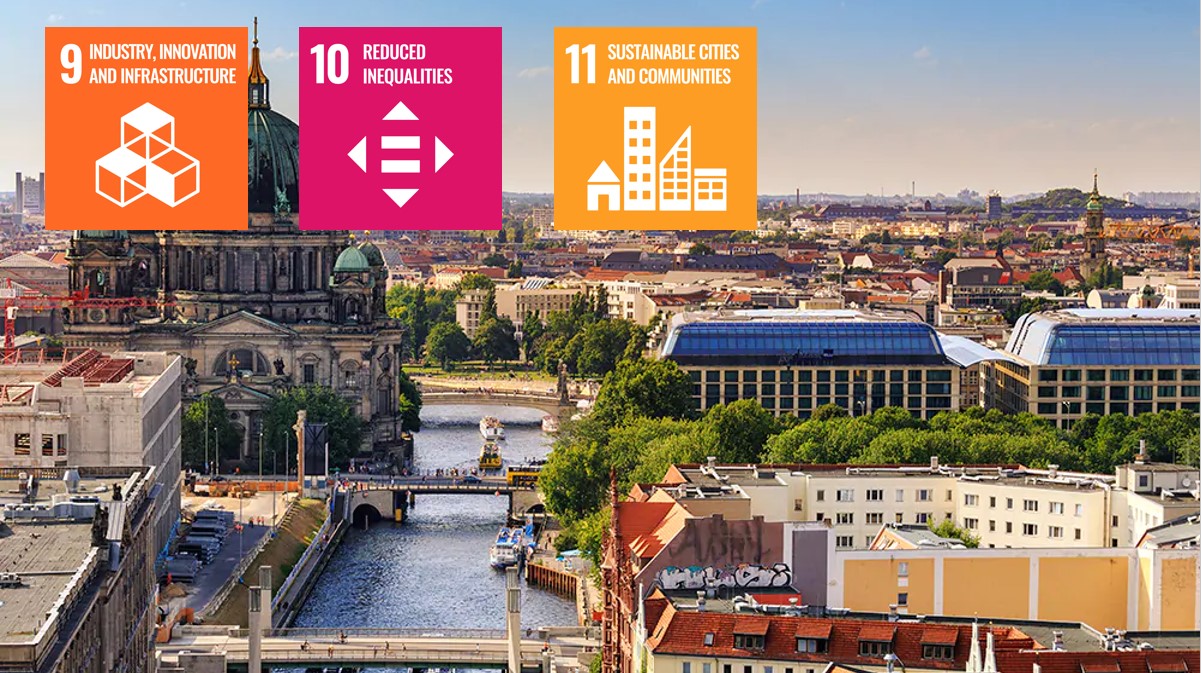
m4guide is a continuous travel information and traffic guidance system for Berlin-Mitte, the central district of Berlin, enabling seamless navigation in public street space, including the use of the local public transport network and route guidance in buildings.
As a navigation system that meets extensive requirements for the blind and partially sighted people, m4guide is also transferable to other groups of individuals. In order to ensure continued use of the project's outcomes in Berlin, the innovative navigation system will be integrated into the existing Fahrinfo ("trip info") navigation system of the Verkehrsverbund Berlin-Brandenburg (VBB) and the Berliner Verkehrsbetrieben (BVG).
More info:
https://use.metropolis.org/case-studies/m4guide-mobile-multi-modal-mobility-guide
The above 4 cases are :
Originally published on use: urban sustainability exchange. use is an open knowledge exchange platform dedicated to sustainable city making.
Visit use: https://use.metropolis.org/
Chennai, India
Smart LED Street Lighting in Chennai
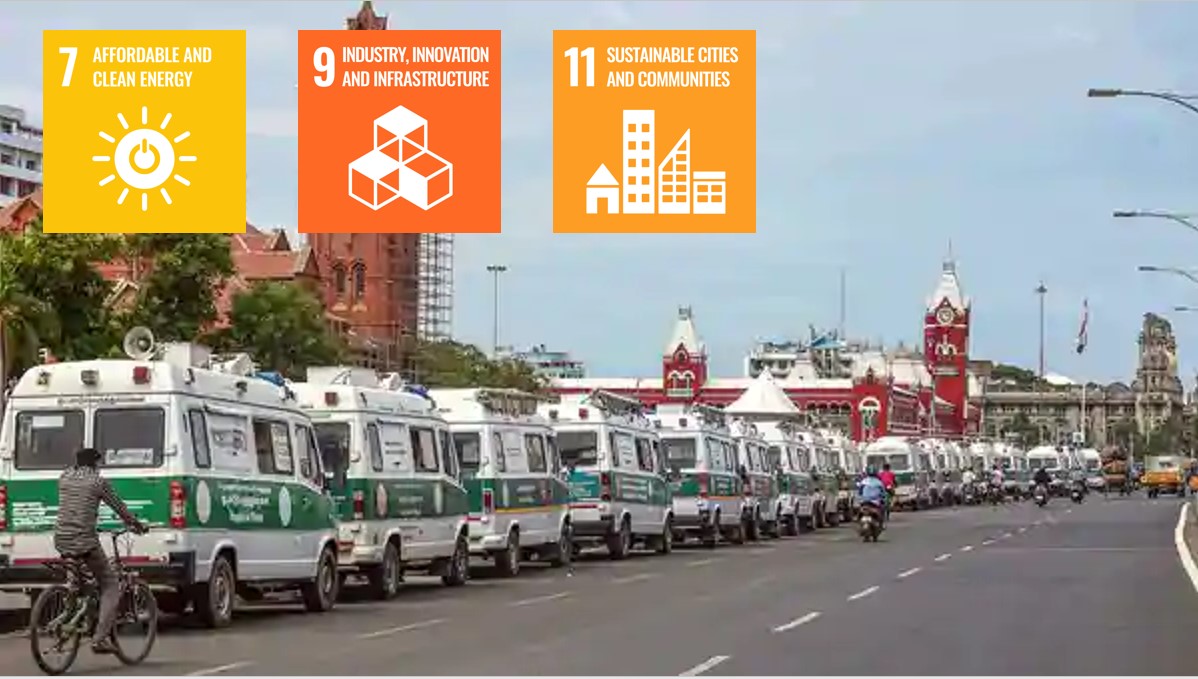
Rapid urbanization encourages proportionate enhancements to be made in the appropriate urban public utility infrastructures. The Greater Chennai Corporation maintains 2,77,902 streetlights and the total charges for its electricity consumption amounts to nearly Rs 4.64 crores a month. Streetlights, as one of the major consumers of energy in the public utility infrastructure segment, are converted from sodium-vapor lights to LED lights. The solution is designed for SCADA based monitoring with an automatic ticket-generation tool in case the light is not functioning. All of these technological features show that lights can be monitored even from remote locations and the functionality of the lights can be considered. This enables speedier replacement and low maintenance in case of repairs.
More info:
https://www.c40.org/case_studies/smart-led-street-lighting-in-chennai


 In Focus | World Cities Day: People-Centred Smart Cities
In Focus | World Cities Day: People-Centred Smart Cities City Stories | Fostering community resilience: A lifeline for the Central African Republic
City Stories | Fostering community resilience: A lifeline for the Central African Republic In Focus | Innovative Education, Empowering Futures
In Focus | Innovative Education, Empowering Futures




















 Tel: +86 020 3780 4434
Tel: +86 020 3780 4434 Email: info@guangzhouaward.org
Email: info@guangzhouaward.org Adress: Unit 01-7, 28th Floor, No. 7, Chunrong 3rd Road, Tianhe District, Guangzhou, Guangdong, 510000, PRC
Adress: Unit 01-7, 28th Floor, No. 7, Chunrong 3rd Road, Tianhe District, Guangzhou, Guangdong, 510000, PRC




